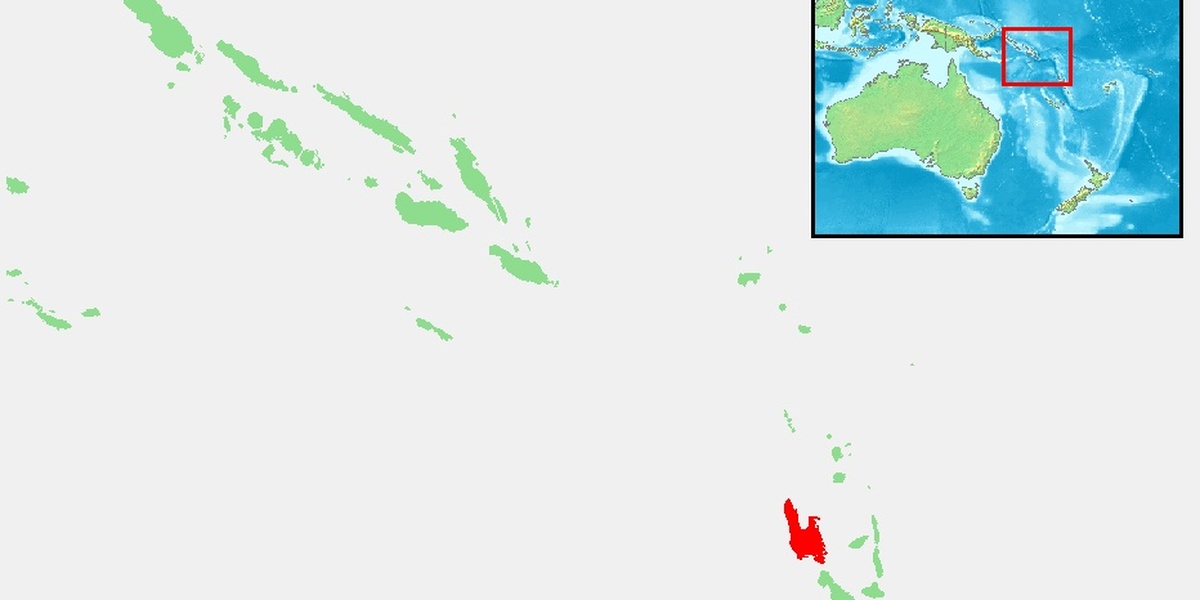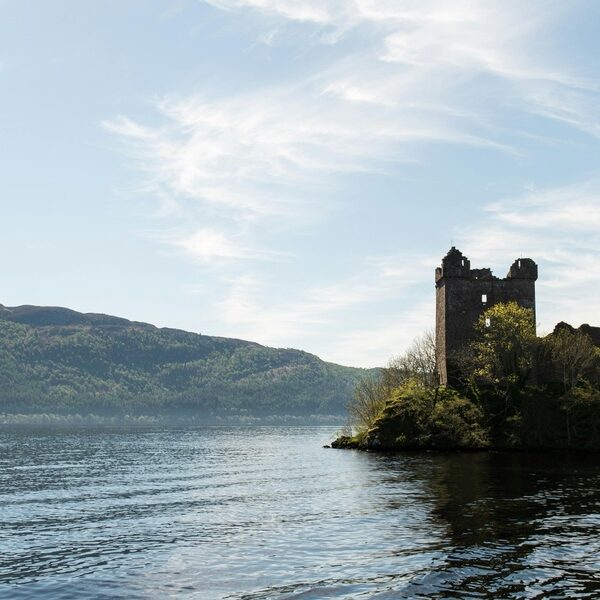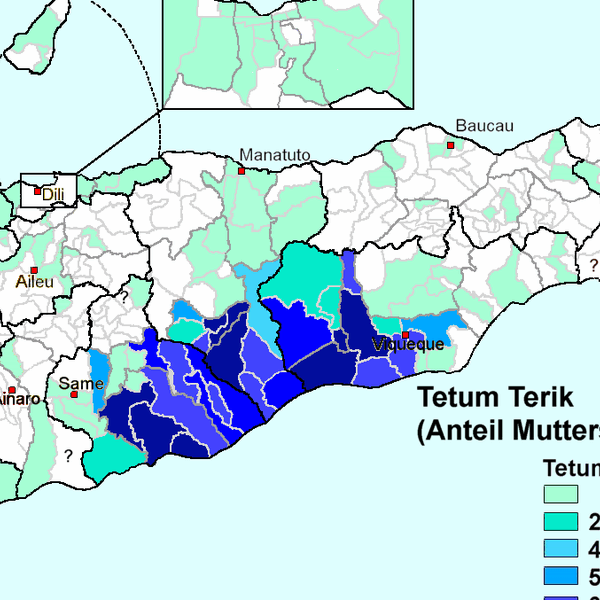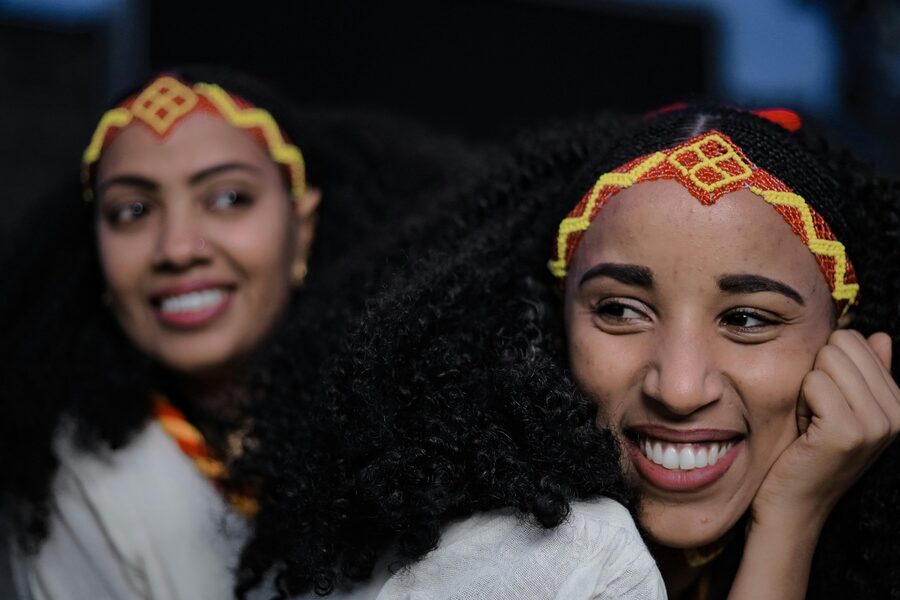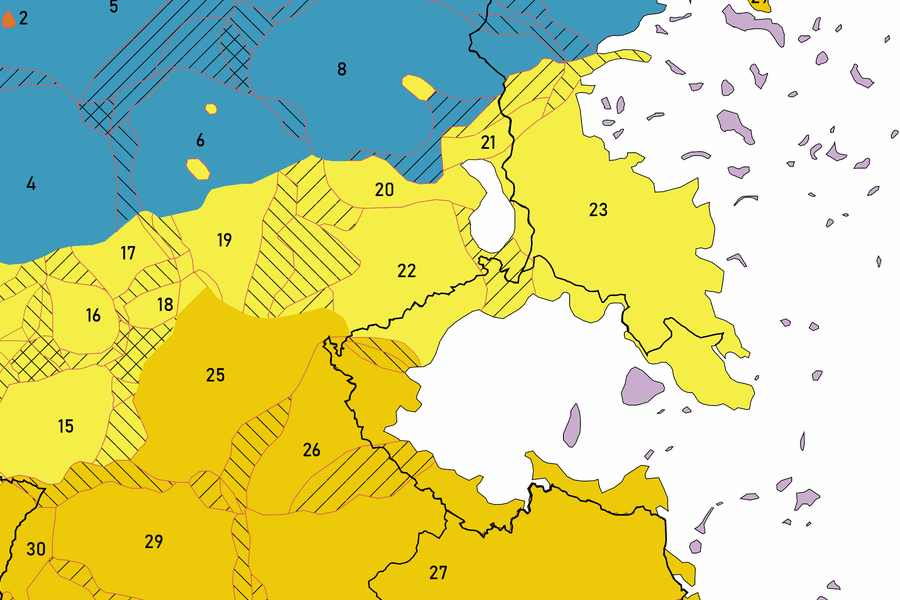Vanuatu’s roughly 80 inhabited islands host an extraordinary patchwork of local speech varieties tied to land, family and everyday practice. That geographic spread helps explain why so many distinct languages developed in relatively small areas, and why community knowledge and place names matter for anyone studying or visiting the islands.
There are 102 Indigenous Languages in Vanuatu, ranging from Akei to Wusi. For each entry you’ll find below the fields ISO code,Island(s)/Province,Speakers so you can quickly see standardized identifiers, where a language is used, and approximate speaker counts; you’ll find the full list below.
How recent and reliable are the speaker numbers in the list?
Speaker counts come from a mix of national censuses, linguistic fieldwork and community reports, so dates and precision vary by language; treat numbers as indicative rather than exact and check source notes where available for the most recent surveys.
How can I responsibly use this list for research or community work?
Use the list as a starting point for mapping, documentation priorities or outreach, but always follow ethical practices: contact local language communities or organizations, respect local protocols, and verify current usage and needs before any project.
Indigenous Languages in Vanuatu
| Language | ISO code | Island(s)/Province | Speakers |
|---|---|---|---|
| Akei | tsr | Santo/Sanma | 650 |
| Ambae, East | omb | Ambae/Penama | 5,000 |
| Ambae, West | nnd | Ambae/Penama | 8,700 |
| Amblong | alm | Santo/Sanma | 300 |
| Ambrym, North | mmg | Ambrym/Malampa | 5,300 |
| Aneityum | aty | Aneityum/Tafea | 900 |
| Aore | aor | Aore/Sanma | 0 |
| Apma | app | Pentecost/Penama | 8,000 |
| Araki | akr | Araki/Sanma | 8 |
| Aulua | aul | Malakula/Malampa | 750 |
| Avava | tmb | Malakula/Malampa | 700 |
| Axamb | axb | Malakula/Malampa | 850 |
| Baetora | btr | Maewo/Penama | 1,300 |
| Baki | bki | Epi/Shefa | 350 |
| Banam Bay | bgn | Malakula/Malampa | 550 |
| Bierebo | bnj | Epi/Shefa | 900 |
| Bieria | brj | Epi/Shefa | 25 |
| Big Nambas | nmb | Malakula/Malampa | 3,400 |
| Burmbar | bvx | Malakula/Malampa | 900 |
| Butmas-Tur | vrt | Santo/Sanma | 520 |
| Dakaka | bpa | Ambrym/Malampa | 1,200 |
| Dixon Reef | dix | Malakula/Malampa | 50 |
| Dorig | wwo | Gaua/Torba | 300 |
| Efate, North | llp | Efate/Shefa | 5,000 |
| Efate, South | erk | Efate/Shefa | 6,000 |
| Emae | mmw | Emae/Shefa | 400 |
| Eton | etn | Efate/Shefa | 500 |
| Fortsenal | frt | Santo/Sanma | 450 |
| Futuna-Aniwa | fut | Futuna & Aniwa/Tafea | 1,500 |
| Hano | lml | Pentecost/Penama | 8,500 |
| Hiw | hiw | Hiw/Torba | 280 |
| Ifo | iff | Erromango/Tafea | 0 |
| Koro | krf | Gaua/Torba | 250 |
| Kwamera | tnk | Tanna/Tafea | 3,500 |
| Labo | mwi | Malakula/Malampa | 850 |
| Lakona | lkn | Gaua/Torba | 800 |
| Lamen | lmu | Epi/Shefa | 850 |
| Larevat | lrv | Malakula/Malampa | 650 |
| Lehali | tql | Ureparapara/Torba | 200 |
| Lelepa | lpa | Lelepa/Shefa | 400 |
| Lenakel | tnl | Tanna/Tafea | 11,500 |
| Letemboi | nms | Malakula/Malampa | 300 |
| Lewo | lww | Epi/Shefa | 2,200 |
| Lingarak | lgk | Malakula/Malampa | 200 |
| Litzlitz | lzl | Malakula/Malampa | 300 |
| Lonwolwol | crc | Ambrym/Malampa | 1,200 |
| Lorediakarkar | lnn | Santo/Sanma | 300 |
| Löyöp | urr | Ureparapara/Torba | 240 |
| Malfaxal | mlx | Malakula/Malampa | 600 |
| Malua Bay | mll | Malakula/Malampa | 500 |
| Maragus | mrs | Malakula/Malampa | 15 |
| Maskelynes | klv | Malakula/Malampa | 1,100 |
| Mavea | mkv | Mavea/Sanma | 35 |
| Mele-Fila | mxe | Efate/Shefa | 3,500 |
| Merei | lmb | Santo/Sanma | 400 |
| Morouas | mrp | Santo/Sanma | 150 |
| Mota | mtt | Mota/Torba | 750 |
| Mpotovoro | mvt | Malakula/Malampa | 450 |
| Mwotlap | mlv | Mota Lava/Torba | 2,100 |
| Nahavaq | snv | Malakula/Malampa | 700 |
| Namakura | nmk | Efate & Shepherds/Shefa | 3,750 |
| Narango | nrg | Santo/Sanma | 200 |
| Nasarian | nvh | Malakula/Malampa | 5 |
| Neve’ei | vks | Malakula/Malampa | 500 |
| Nokuku | nkk | Santo/Sanma | 250 |
| Nume | tgs | Gaua/Torba | 700 |
| Olrat | olr | Gaua/Torba | 3 |
| Paama | paa | Paama/Malampa | 6,000 |
| Piamatsina | ptr | Santo/Sanma | 200 |
| Polonombauk | plb | Santo/Sanma | 250 |
| Port Sandwich | psw | Malakula/Malampa | 1,100 |
| Port Vato | ptv | Ambrym/Malampa | 750 |
| Repanbitip | rpn | Malakula/Malampa | 100 |
| Rerep | pgk | Malakula/Malampa | 380 |
| Roria | rga | Santo/Sanma | 75 |
| Sa | sax | Pentecost/Penama | 4,500 |
| Sakao | sku | Santo/Sanma | 4,000 |
| Seke | ske | Pentecost/Penama | 30 |
| Shark Bay | ssv | Santo/Sanma | 450 |
| Sie | erg | Erromango/Tafea | 1,900 |
| Sowa | sww | Pentecost/Penama | 20 |
| Tambotalo | tls | Santo/Sanma | 50 |
| Tangoa | tgp | Tangoa & Santo/Sanma | 800 |
| Tanna, North | tnn | Tanna/Tafea | 5,000 |
| Tanna, Southwest | nwi | Tanna/Tafea | 5,000 |
| Tape | tps | Malakula/Malampa | 15 |
| Tasmate | tmt | Santo/Sanma | 250 |
| Tirax | mme | Malakula/Malampa | 1,000 |
| Tolomako | tlm | Santo/Sanma | 900 |
| Tutuba | tbi | Tutuba & Santo/Sanma | 500 |
| Unua | onu | Malakula/Malampa | 500 |
| Ura | uur | Erromango/Tafea | 6 |
| Uripiv-Wala-Rano | upv | Malakula/Malampa | 9,000 |
| Valpei | vlp | Santo/Sanma | 300 |
| Vao | vao | Vao/Malampa | 1,900 |
| Vatrata | vlr | Vanua Lava/Torba | 600 |
| Vera’a | vra | Vanua Lava/Torba | 500 |
| Vovo | vov | Santo/Sanma | 300 |
| Vurës | msn | Vanua Lava/Torba | 2,000 |
| Wailapa | wlr | Santo/Sanma | 100 |
| Whitesands | tnp | Tanna/Tafea | 7,500 |
| Wusi | wsi | Santo/Sanma | 300 |
Images and Descriptions
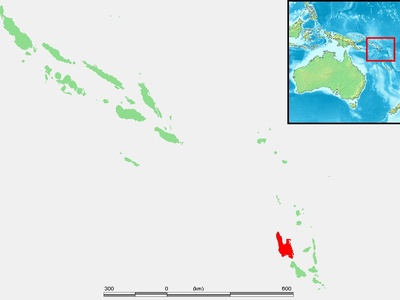
Akei
Part of the Oceanic family, Akei is a vulnerable language spoken in the mountainous interior of southern Santo island, with six distinct dialects.
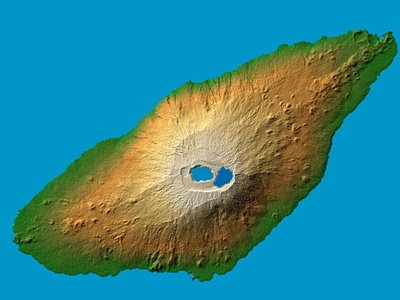
Ambae, East
Spoken in eastern Ambae, this vulnerable Oceanic language, also called Lolomatui, faces pressure from Bislama and the more dominant West Ambae language.

Ambae, West
A healthy Oceanic language of western Ambae, it has a complex system of vowel harmony that influences its sound system and is widely used in daily life.

Amblong
This definitely endangered Oceanic language is spoken in southwestern Santo. Its speakers are shifting to stronger neighboring languages for communication.
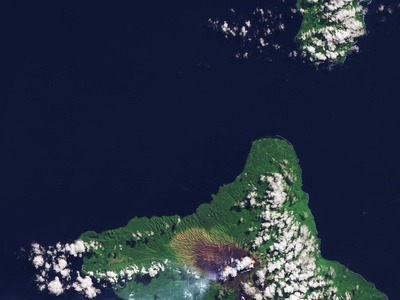
Ambrym, North
A vulnerable language spoken on volcanic Ambrym island, it is known for its rich inventory of vowels, including several rare rounded front vowels.
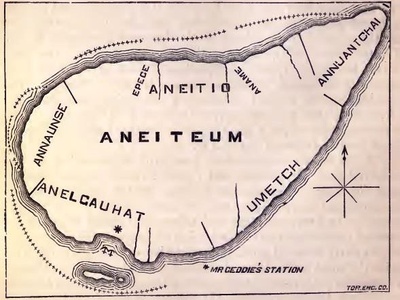
Aneityum
Also called Anejom̃, this vulnerable Oceanic language is the sole indigenous tongue of Vanuatu’s southernmost inhabited island, Aneityum.
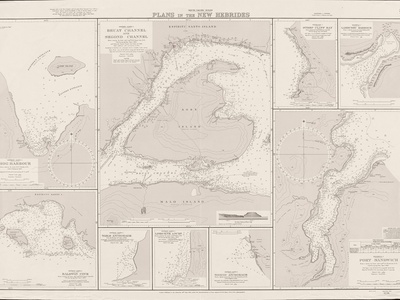
Aore
This Oceanic language of Aore island is now extinct. Its last speaker passed away in the late 20th century, and the population now speaks Bislama.
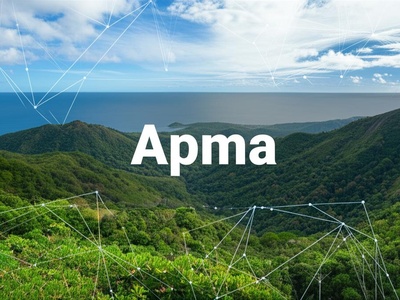
Apma
A healthy Oceanic language of central Pentecost, it’s known for its complex grammar and distinct dialects spoken from the mountains to the coast.

Araki
Critically endangered, this Oceanic language is spoken on a small island south of Santo. Its handful of elderly speakers are also fluent in the larger Tangoa language.

Aulua
A vulnerable Oceanic language from the Aulua Bay area of eastern Malakula. Its speaker numbers are slowly declining due to outside pressures.

Avava
Spoken in central Malakula, this vulnerable Oceanic language is also known as Katbol and has several dialects across a small, remote region.
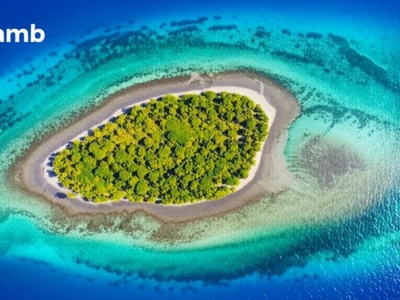
Axamb
From the small island of Axamb off the south coast of Malakula, this vulnerable Oceanic language is closely related to its mainland neighbors.

Baetora
A vulnerable Oceanic language of southern Maewo island, part of the North Vanuatu language subgroup, with speaker numbers remaining relatively stable.

Baki
A definitely endangered Oceanic language from western Epi island. It is closely related to the neighboring Bierebo language, forming a small dialect chain.
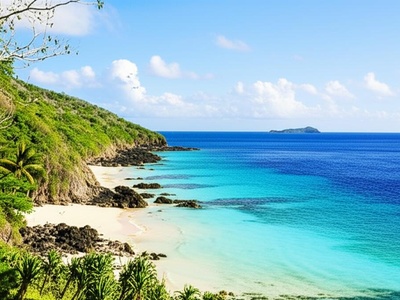
Banam Bay
This vulnerable Oceanic language is spoken along Banam Bay on the southeast coast of Malakula, with its community facing pressure from Bislama.
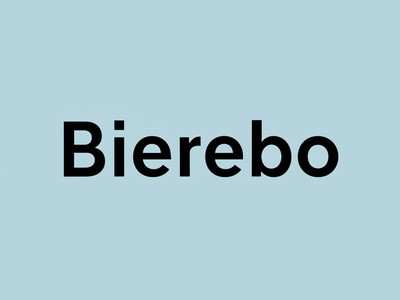
Bierebo
Spoken in western Epi, this vulnerable Oceanic language is part of a dialect chain with its endangered neighbor, Baki.

Bieria
A critically endangered Oceanic language spoken in a single village on Epi island, with its few remaining speakers being elderly.
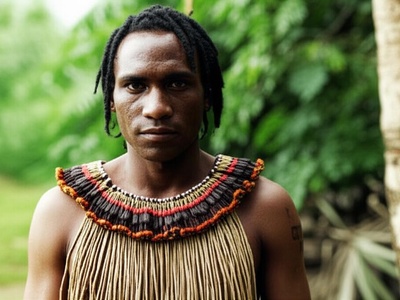
Big Nambas
Spoken in northwest Malakula, this vulnerable Oceanic language is named for the traditional cultural dress (nambas) of its male speakers.

Burmbar
Also known as Banam Bay, this vulnerable Oceanic language is spoken on the southeastern coast of Malakula island among several villages.
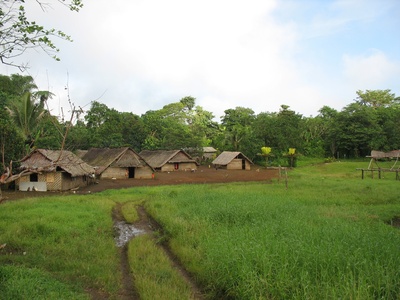
Butmas-Tur
A vulnerable Oceanic language spoken on the eastern coast of Santo, closely related to other languages of the Sakao Peninsula.

Dakaka
Spoken in southern Ambrym, this vulnerable Oceanic language is part of the diverse linguistic landscape of the volcanic island and is related to Lonwolwol.
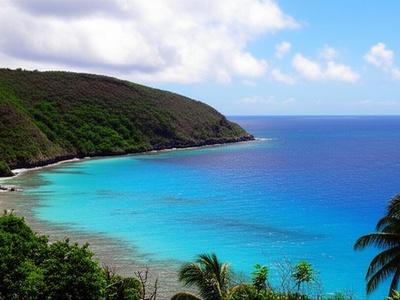
Dixon Reef
A critically endangered Oceanic language spoken on the southwest coast of Malakula. Its community is very small and isolated, with most speakers being older adults.

Dorig
One of several highly endangered Oceanic languages on Gaua island in the Banks group. It has a complex system of possessive classifiers.
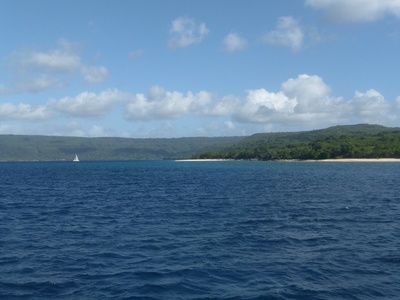
Efate, North
Also known as Nakanamanga, this vulnerable Oceanic language is spoken on northern Efate and the nearby Shepherd Islands, with many dialects.
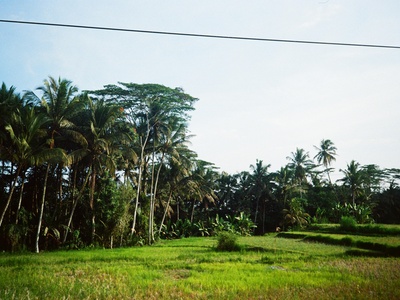
Efate, South
Centered around Erakor village near the capital, Port Vila, this vulnerable Oceanic language has faced significant pressure from Bislama.
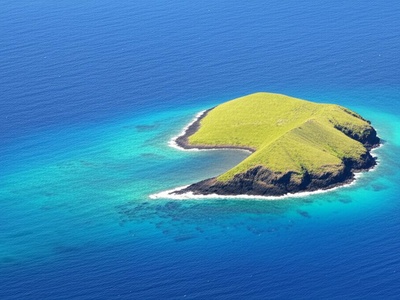
Emae
A vulnerable Polynesian Outlier language spoken on Emae island, it is linguistically related to Samoan and Tuvaluan, not its Melanesian neighbors.
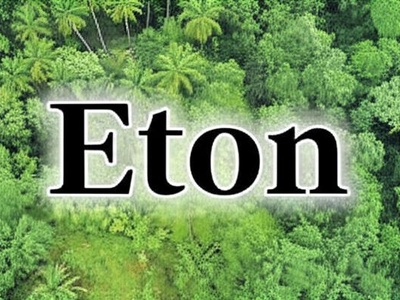
Eton
Spoken in southeastern Efate, this definitely endangered Oceanic language is geographically close to but distinct from the South Efate language.

Fortsenal
A vulnerable Oceanic language of inland central Santo, part of the West Santo language family and spoken by a few small communities.
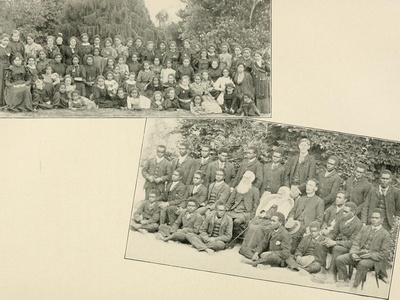
Futuna-Aniwa
A vulnerable Polynesian Outlier language, spoken on the islands of Futuna and Aniwa, with origins tracing back to migration from Polynesia.

Hano
The largest language of Pentecost, spoken in the north. Also known as Raga, this Oceanic language is healthy and used in local schools.
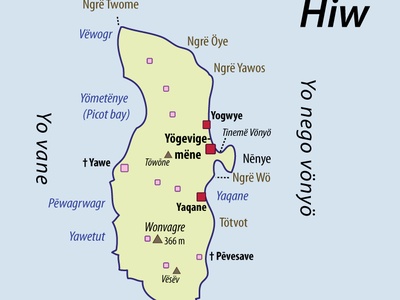
Hiw
Spoken on the northernmost island of Vanuatu, Hiw is a definitely endangered Oceanic language with unique phonetic features not found in its neighbors.
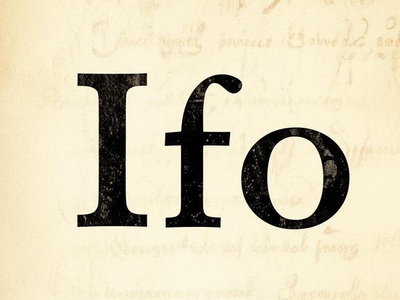
Ifo
An extinct Oceanic language of Erromango island. It was closely related to Sie but disappeared in the early 20th century due to depopulation.

Koro
A definitely endangered Oceanic language of Gaua island in the Banks Islands, spoken in just two villages on the west coast.
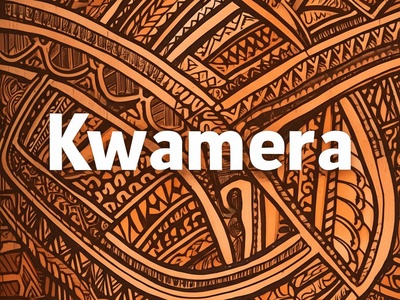
Kwamera
A vulnerable Oceanic language from the southeastern corner of Tanna, known for its complex verb system and cultural significance in the region.
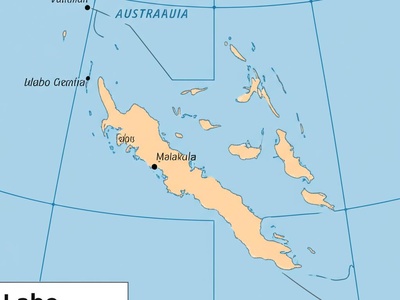
Labo
Also known as Mewun, this vulnerable Oceanic language is spoken on the southwest coast of Malakula, and has several distinct dialects.

Lakona
Spoken on the western side of Gaua island, this vulnerable Oceanic language is named after the Lakona Bay area and is related to Dorig.

Lamen
A vulnerable Oceanic language spoken on Lamen Island and the nearby coast of Epi, with a stable but small speaker population.
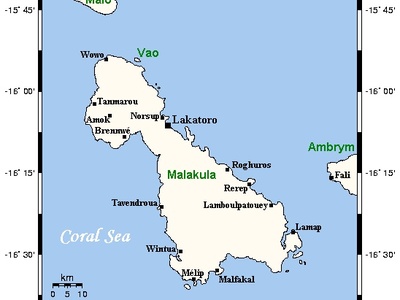
Larevat
A vulnerable Oceanic language of central Malakula, part of the large family of Malakula languages, spoken in a remote inland area.

Lehali
A definitely endangered Oceanic language spoken on the north coast of Ureparapara island in the Banks group, closely related to Löyöp.
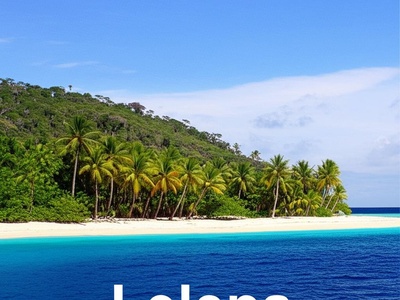
Lelepa
Closely related to North Efate, this definitely endangered Oceanic language is spoken on Lelepa island near the main island of Efate.
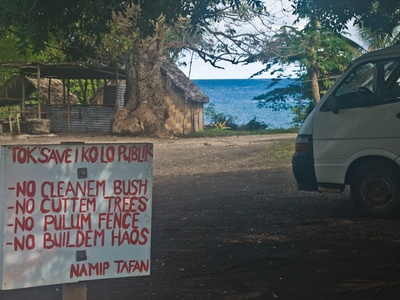
Lenakel
The most widely spoken language on Tanna island. This healthy Oceanic language is used in broadcasting and education, making it regionally important.

Letemboi
A definitely endangered Oceanic language from south-central Malakula, with its community now scattered and shifting to other languages.

Lewo
The main language of Epi island, this vulnerable Oceanic language serves as a local lingua franca in its region, though Bislama is gaining ground.

Lingarak
A definitely endangered Oceanic language from central Malakula, with its speakers shifting to more dominant neighboring languages like Bislama.
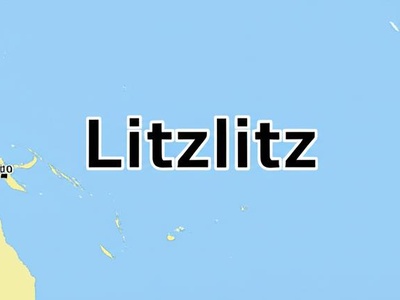
Litzlitz
A definitely endangered Oceanic language also known as Litzlitz-Vanasalava, spoken on the central east coast of Malakula by a small community.

Lonwolwol
A vulnerable Oceanic language from western Ambrym island, closely related to the Dakaka language spoken in the south of the same island.

Lorediakarkar
A definitely endangered Oceanic language spoken in south Santo, with its speaker base declining rapidly due to migration and language shift.
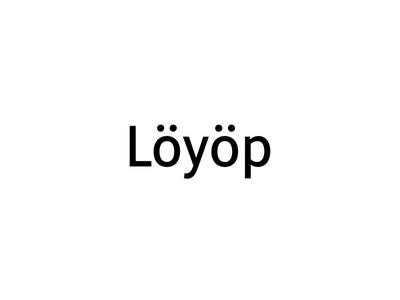
Löyöp
A definitely endangered Oceanic language from the east coast of Ureparapara island in the Banks Islands, closely related to neighboring Lehali.

Malfaxal
A vulnerable Oceanic language spoken in the south of Malakula, part of the large family of diverse Malakula languages.
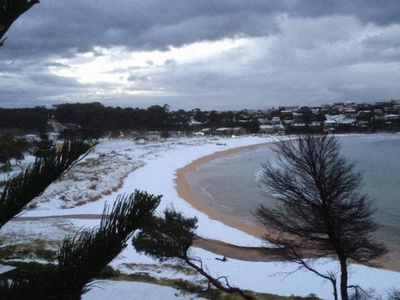
Malua Bay
A vulnerable Oceanic language from northwest Malakula, facing pressure from the larger and more dominant Big Nambas language.

Maragus
A critically endangered Oceanic language of central Malakula, on the brink of extinction with only a few elderly speakers remaining.
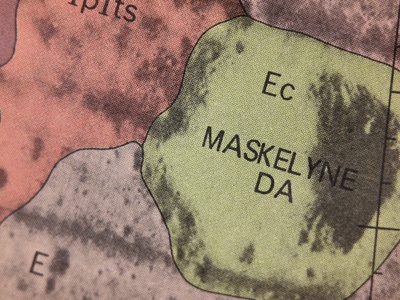
Maskelynes
A vulnerable Oceanic language spoken in the Maskelyne Islands off the southeast coast of Malakula, known for its maritime cultural context.

Mavea
A critically endangered Oceanic language spoken on Mavea island, just off the coast of Santo, with only a few fluent speakers left.

Mele-Fila
A vulnerable Polynesian Outlier language spoken in Mele and Fila villages near Port Vila, its origins trace back to Futuna and Samoa.

Merei
A vulnerable Oceanic language of west-central Santo, spoken in the mountainous interior regions by a few small, isolated communities.
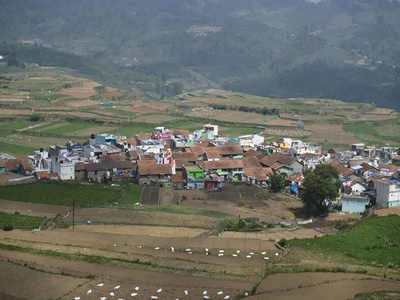
Morouas
A severely endangered Oceanic language of west-central Santo, spoken in only one village and facing extinction within a generation.
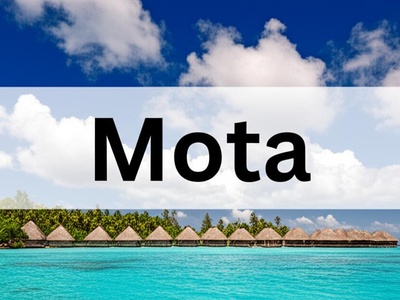
Mota
Historically significant as the first Melanesian language used for missionary work across the Pacific, this Oceanic language is now considered vulnerable.

Mpotovoro
A vulnerable Oceanic language from north Malakula, related to the larger Big Nambas language but distinct enough to be its own language.

Mwotlap
The most widely spoken language in the Banks Islands, this Oceanic language is considered healthy and has been well documented by linguists.
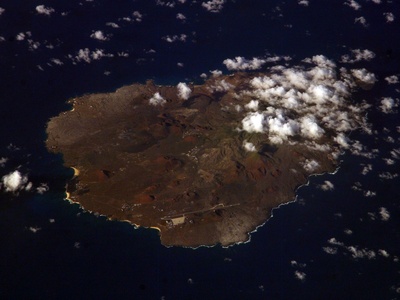
Nahavaq
Also known as South West Bay, this vulnerable Oceanic language is spoken on the southwest coast of Malakula and has unique grammatical features.
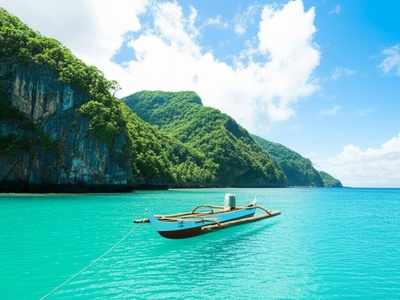
Namakura
A vulnerable Oceanic language spoken on Tongoa, Tongariki, and parts of Efate, it is closely related to North Efate but mutually unintelligible.

Narango
A definitely endangered Oceanic language from the southwest coast of Santo island, with few young speakers learning it.

Nasarian
A critically endangered Oceanic language of south Malakula, with only a few elderly speakers remaining and on the verge of extinction.

Neve’ei
A vulnerable Oceanic language spoken in the Vinmavis area of central west Malakula, it is part of the island’s immense linguistic diversity.

Nokuku
A definitely endangered Oceanic language from the northwest coast of Santo, forming a dialect chain with Olpoi and Piamatsina.

Nume
A vulnerable Oceanic language spoken in the north of Gaua island in the Banks group, with a relatively stable population.
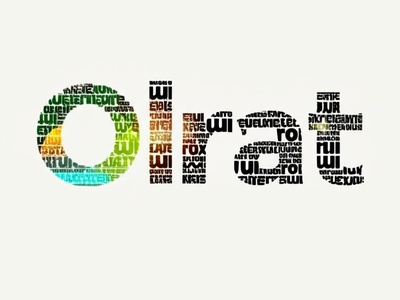
Olrat
Critically endangered and nearly extinct. Originally from Gaua, its few remaining speakers have since relocated to Santo island.
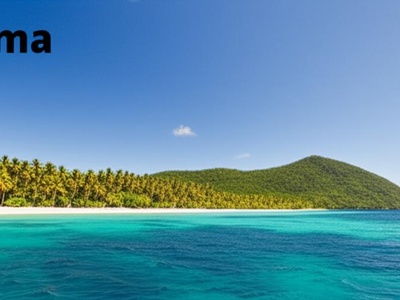
Paama
A healthy and well-documented Oceanic language spoken on Paama island and by migrant communities on Epi and Efate, known for its complex verbs.

Piamatsina
A definitely endangered Oceanic language of northwest Santo, part of a dialect chain with Nokuku and Vovo where intelligibility is partial.
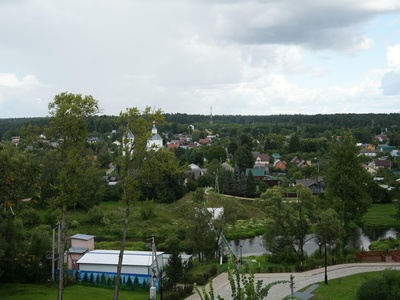
Polonombauk
A definitely endangered Oceanic language from southwest Santo, with its speaker community under pressure from larger neighbors and Bislama.
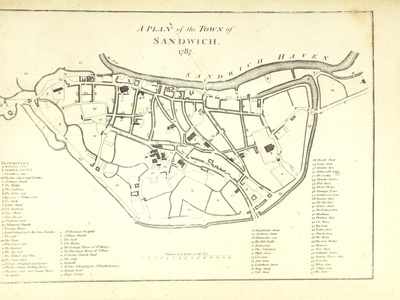
Port Sandwich
A vulnerable Oceanic language from the southeast coast of Malakula, named after the nearby natural harbor explored by Captain Cook.
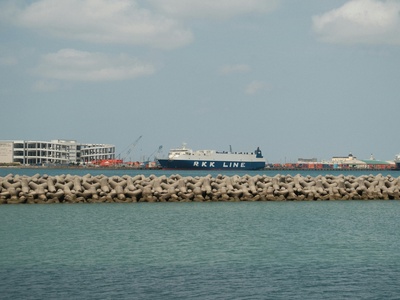
Port Vato
A vulnerable Oceanic language of southwest Ambrym, closely related to the other languages of the volcanic island like Dakaka.

Repanbitip
A severely endangered Oceanic language from southeast Malakula, spoken in a single village and at high risk of disappearing.

Rerep
A definitely endangered Oceanic language from the east coast of Malakula, its community is now mostly based on the coast.

Roria
A severely endangered Oceanic language of west-central Santo, facing extinction within a generation as speakers shift to Akei or Bislama.
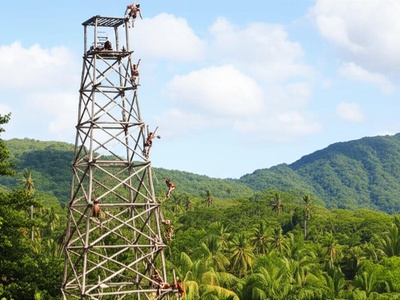
Sa
A vulnerable Oceanic language of southern Pentecost, famous for its association with the land diving (naghol) ceremony and its unique grammar.
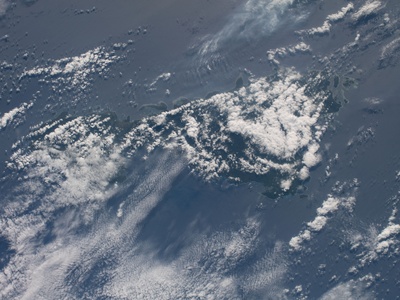
Sakao
A healthy Oceanic language of northeast Santo, it is notable for its unusual phonology, which includes a very large inventory of consonants.

Seke
Critically endangered, this Oceanic language was spoken in a small area of central Pentecost but is now nearly extinct, replaced by Apma.
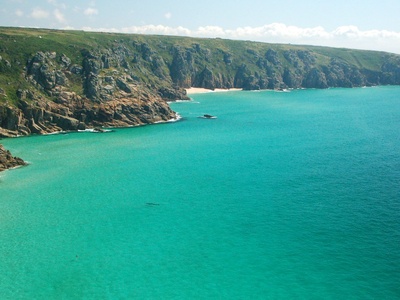
Shark Bay
A vulnerable Oceanic language spoken on Litaro island in Shark Bay, on the northeast coast of Santo, it is distinct from its mainland neighbors.

Sie
The main surviving Oceanic language of Erromango, it is considered vulnerable. It replaced several other languages on the island due to depopulation.
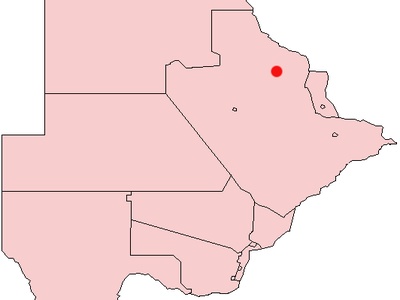
Sowa
A critically endangered Oceanic language of central Pentecost that has been almost entirely replaced by the dominant Apma language.
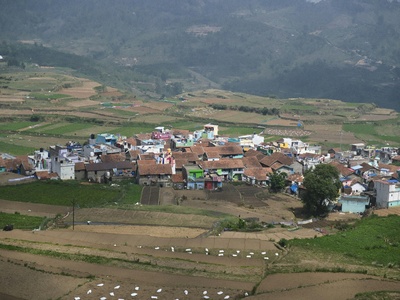
Tambotalo
Critically endangered, this Oceanic language of inland Santo is spoken by only a few families in one village and is not being passed to children.
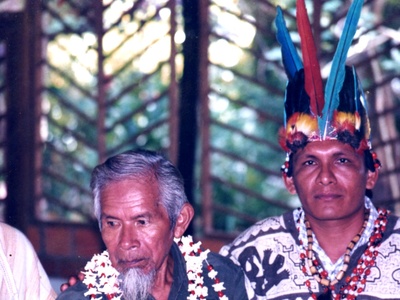
Tangoa
A vulnerable Oceanic language from Tangoa island off south Santo. Historically important as a church and educational language in the region.
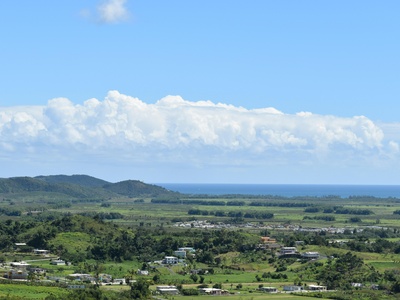
Tanna, North
A vulnerable Oceanic language spoken in the northwest of Tanna island. It has several distinct dialects and a complex sound system.
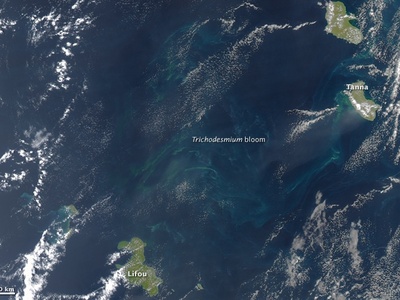
Tanna, Southwest
A vulnerable Oceanic language spoken on the southwest coast of Tanna, famous for its complex verb phrases and cultural significance.

Tape
Critically endangered, this Oceanic language was originally from central Malakula, but its few remaining speakers are elderly and scattered.

Tasmate
A definitely endangered Oceanic language from the northwest coast of Santo, with its community facing pressure from larger neighbors.
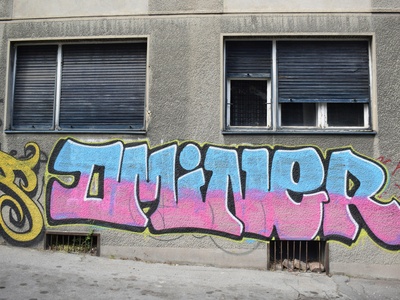
Tirax
Also known as Mae, this vulnerable Oceanic language is spoken in southeast Malakula and has a number of distinct village-based dialects.
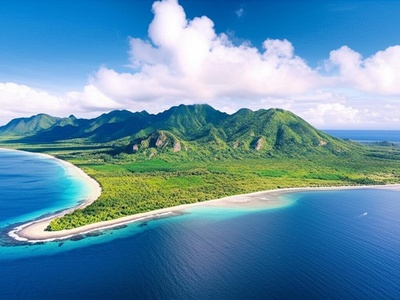
Tolomako
A vulnerable Oceanic language spoken in the Big Bay area of northern Santo, known for having a three-way number distinction in its pronouns.
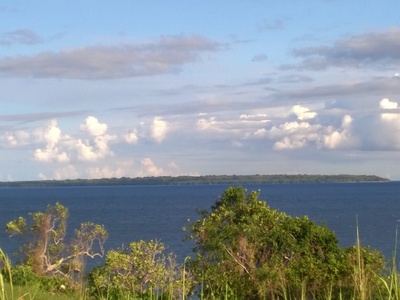
Tutuba
A definitely endangered Oceanic language spoken on Tutuba island, off the coast of Santo. Its speakers are shifting to Bislama and English.

Unua
A vulnerable Oceanic language from the east coast of Malakula, part of a dialect chain with the Rerep and Aulua languages.

Ura
A critically endangered Oceanic language of Erromango, with only a handful of elderly, non-fluent speakers remaining. It is likely to become extinct soon.
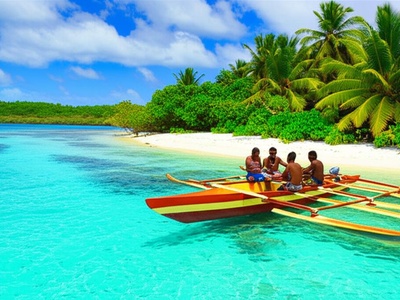
Uripiv-Wala-Rano
A healthy Oceanic language spoken on small islands off the northeast coast of Malakula, with a significant and thriving speaker community.

Valpei
A definitely endangered Oceanic language from the northwest coast of Santo, closely related to other languages in the area like Nokuku.
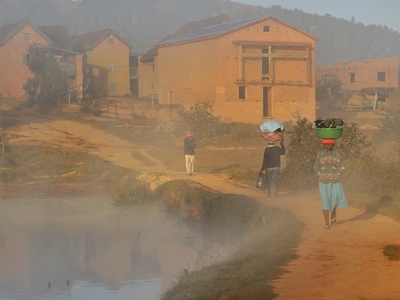
Vao
A vulnerable Oceanic language from Vao island off the northeast coast of Malakula, known for its cultural importance and unique phonology.
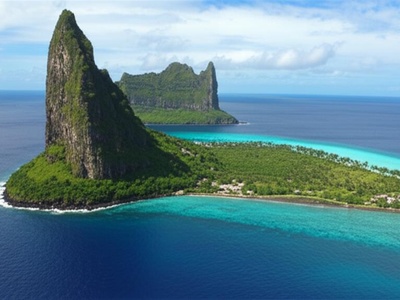
Vatrata
A vulnerable Oceanic language spoken in the north of Vanua Lava island in the Banks group, with several hundred fluent speakers.
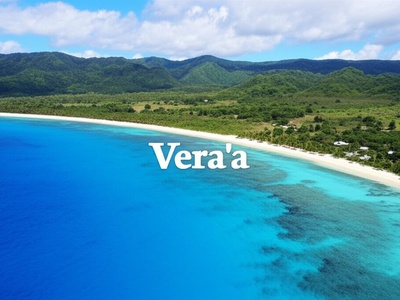
Vera’a
Also known as Vurës, this vulnerable Oceanic language is spoken in the northeast of Vanua Lava island and is closely related to Mwotlap.

Vovo
A definitely endangered Oceanic language from the northwest coast of Santo, with its small community of speakers under pressure from Bislama.

Vurës
A healthy Oceanic language spoken in the southern part of Vanua Lava island, it is one of the larger languages in the Banks Islands group.
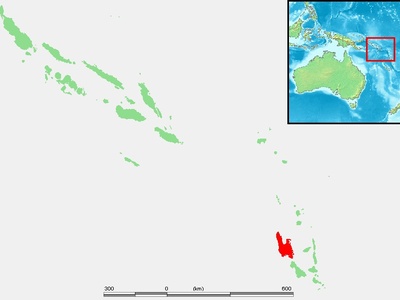
Wailapa
A severely endangered Oceanic language of southwest Santo, with its speaker numbers declining sharply over the past few decades.

Whitesands
A healthy Oceanic language spoken on the east coast of Tanna, notable for its use in the John Frum cargo cult movements.
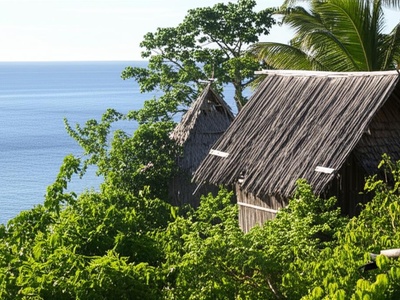
Wusi
A definitely endangered Oceanic language spoken in several small villages on the west coast of Santo, with a declining number of child speakers.

